Tips for Efficient Travel on European Highways
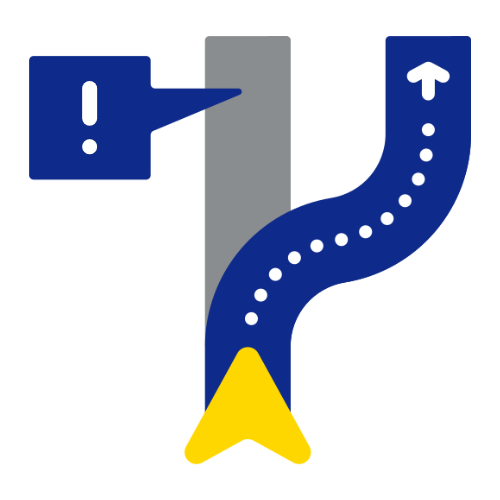
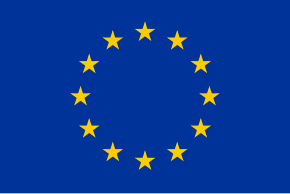
Traveling on European highways can be fast and convenient if you prepare properly. Careful route planning, knowledge of local traffic laws, and cost optimization can save time, money, and unnecessary stress.

This guide offers practical recommendations for smooth and efficient travel on European highways, including tips on route planning, cost savings, and environmental considerations.
Tips for Efficient Travel
on European Highways


Traveling on European highways can be fast and convenient if you prepare properly. Careful route planning, knowledge of local traffic laws, and cost optimization can save time, money, and unnecessary stress.
This guide offers practical recommendations for smooth and efficient travel on European highways, including tips on route planning, cost savings, and environmental considerations.

Route Planning
Before setting off, it’s important to plan your journey with consideration for traffic restrictions, toll fees, and refueling stops.

Use navigation apps like Google Maps, Waze, HERE WeGo, or TomTom, which provide real-time traffic updates and suggest alternative routes in case of congestion or road closures.
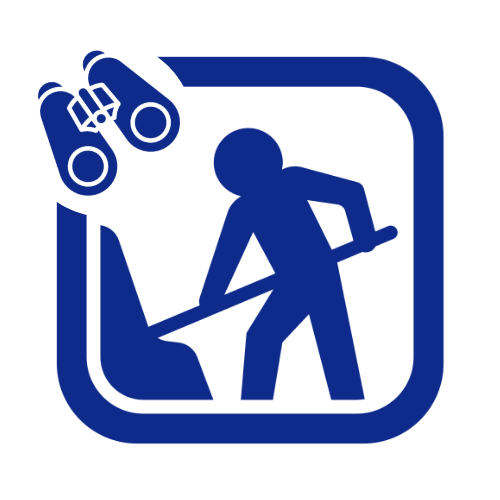
Check traffic restriction websites such as EuroTraffic or national transport portals for up-to-date information. Verify if your route has planned closures, roadworks, or seasonal restrictions, such as mountain passes that close in winter.
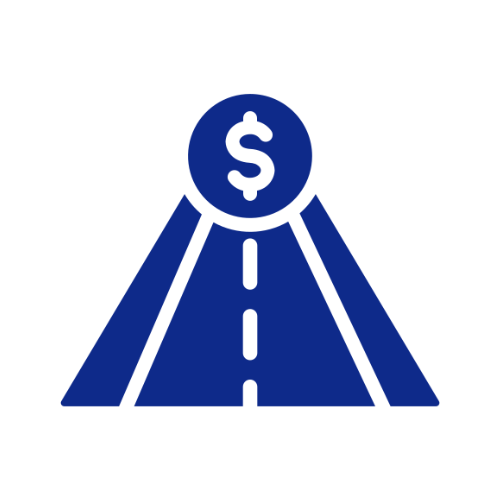
If you wish to avoid toll roads, use route planners that allow filtering for toll-free options.
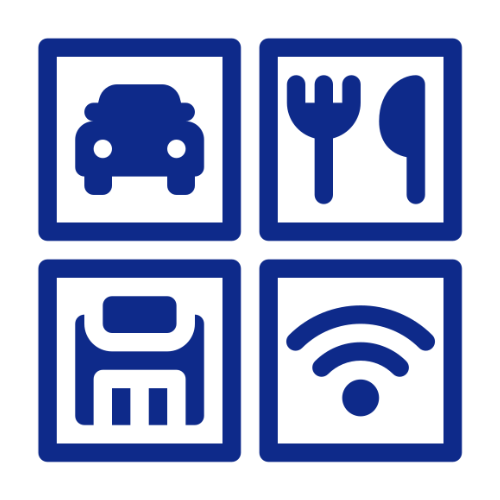
Schedule rest stops at fuel stations and service areas to prevent fatigue and unnecessary delays.
Reducing Travel Costs
Driving across Europe can be costly, but proper planning can help reduce expenses.
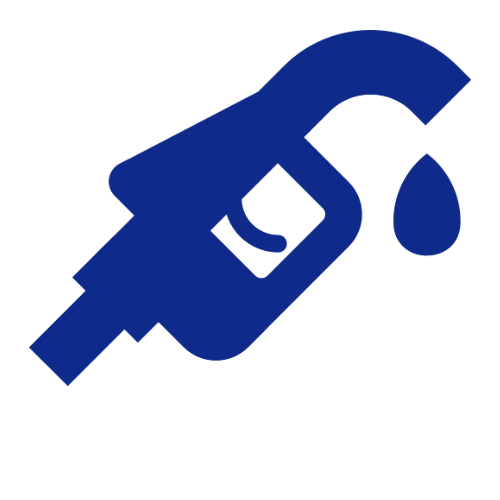
Refuel in countries with lower fuel prices. Poland, Slovenia, and Luxembourg often have significantly cheaper fuel than Germany, France, or Italy. You can check current fuel prices on Fuel Prices Europe.

Purchase an electronic vignette online. Some countries offer discounts for purchasing digital vignettes in advance. In Austria, for example, electronic vignettes are cheaper than physical ones.

Avoid unnecessary toll roads. If you are not in a hurry, there are often free alternatives. In France, for instance, you can use the “nationale” road network instead of toll highways.
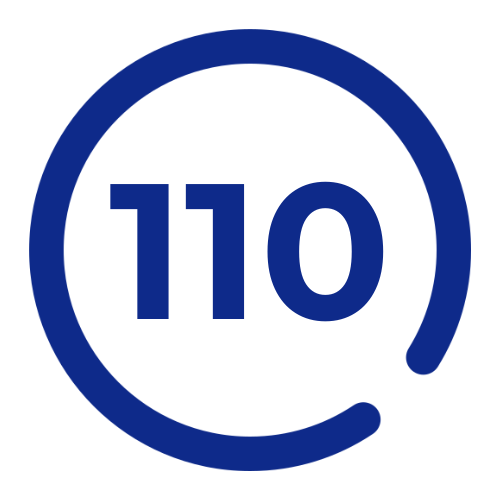
Optimize driving habits. Smooth driving without sudden braking or acceleration reduces fuel consumption. The optimal speed for fuel efficiency is usually between 100–120 km/h.
Environmental Considerations
Europe is increasingly focusing on sustainable mobility, so it is essential to be aware of environmental restrictions in some countries.
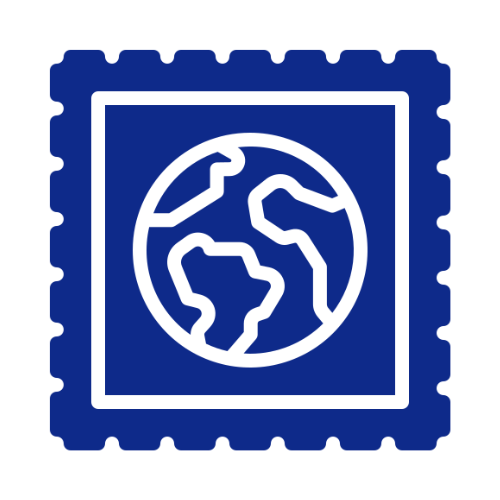
Environmental stickers. Some countries require a special permit to enter restricted areas. For example, Germany mandates an Umweltplakette, France requires a Crit’Air sticker, and Austria enforces Plakette for trucks.
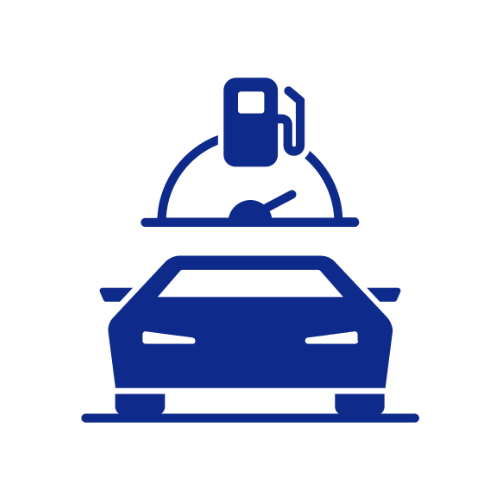
Reducing fuel consumption. Traveling with fewer belongings, maintaining correct tire pressure, and using an aerodynamic roof box can significantly reduce fuel usage.
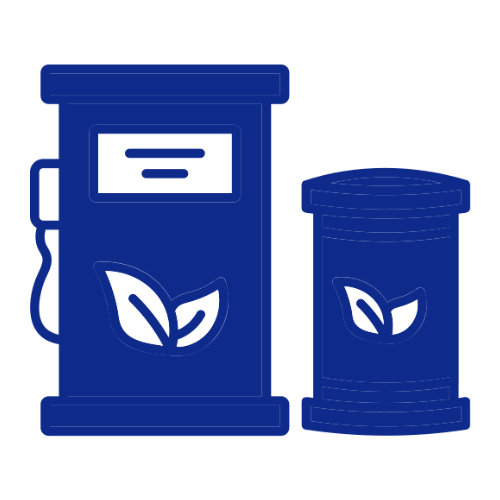
Alternative fuels. If you drive an electric vehicle (EV), plan your route based on charging stations. Most European highways have a well-developed charging network, especially in Germany, France, and the Netherlands. Availability of charging points can be checked on PlugShare.
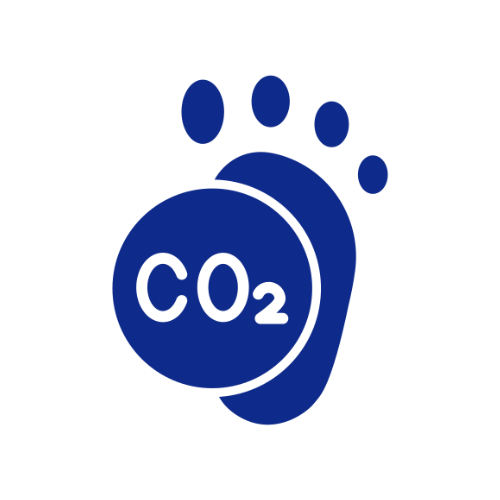
Low-emission zones (LEZ). Many cities have restrictions on high-emission vehicles. The strictest zones include France (ZFE), Germany (Umweltzone), Italy (Zona a Traffico Limitato), and Belgium (LEZ).
Safety on the Road
Safety should always be a priority when traveling long distances.
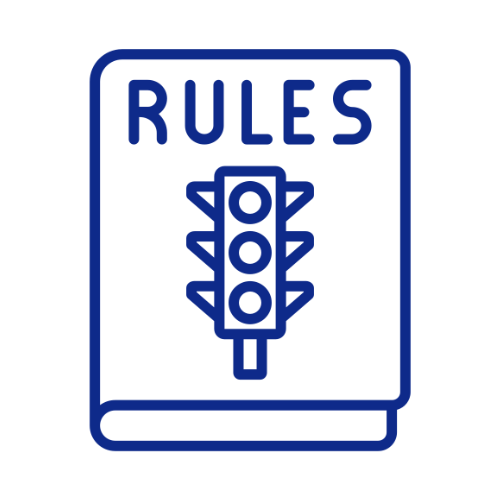
Follow the traffic laws of each country. Speed limits vary—Germany has no speed limits on some Autobahn sections, while in France, the highway speed limit is 130 km/h in dry conditions and 110 km/h in rain.

Wear seat belts. In some countries, fines for not wearing a seat belt are significantly higher, such as in Italy and Spain.
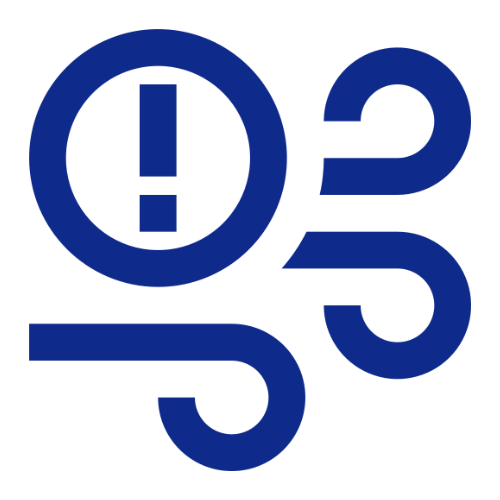
Adapt driving to weather conditions. On some mountain roads, the use of snow chains or winter tires may be mandatory, particularly in Austria, Switzerland, and Italy.
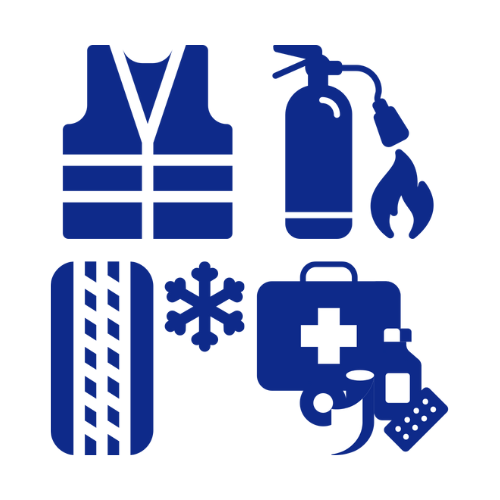
Carry the required safety equipment. Some countries mandate additional safety gear, such as reflective vests for all passengers, an alcohol tester (France), or a fire extinguisher (Poland and Belgium).
Emergency Situations and Roadside Assistance
Being prepared for unexpected events can save a lot of trouble in case of an accident or vehicle breakdown.
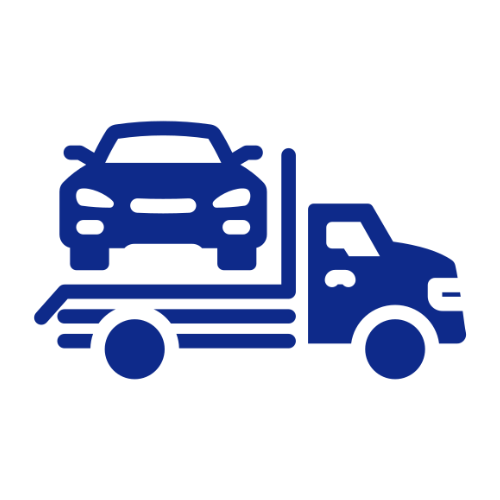
Keep emergency contacts on hand. Organizations like ADAC (Germany), ÚAMK (Czech Republic), and AutoRoute Assistance (France) provide roadside help.
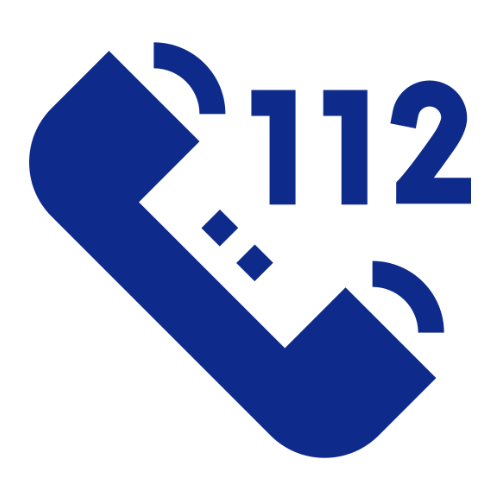
In case of an accident, call the European emergency number 112. This number connects to emergency services across most EU countries.

Check your vehicle insurance policy. If traveling outside the EU, a Green Card may be required as proof of valid insurance.

Keep copies of important documents. Before departure, make photocopies of your vehicle registration, passport, and insurance documents.
